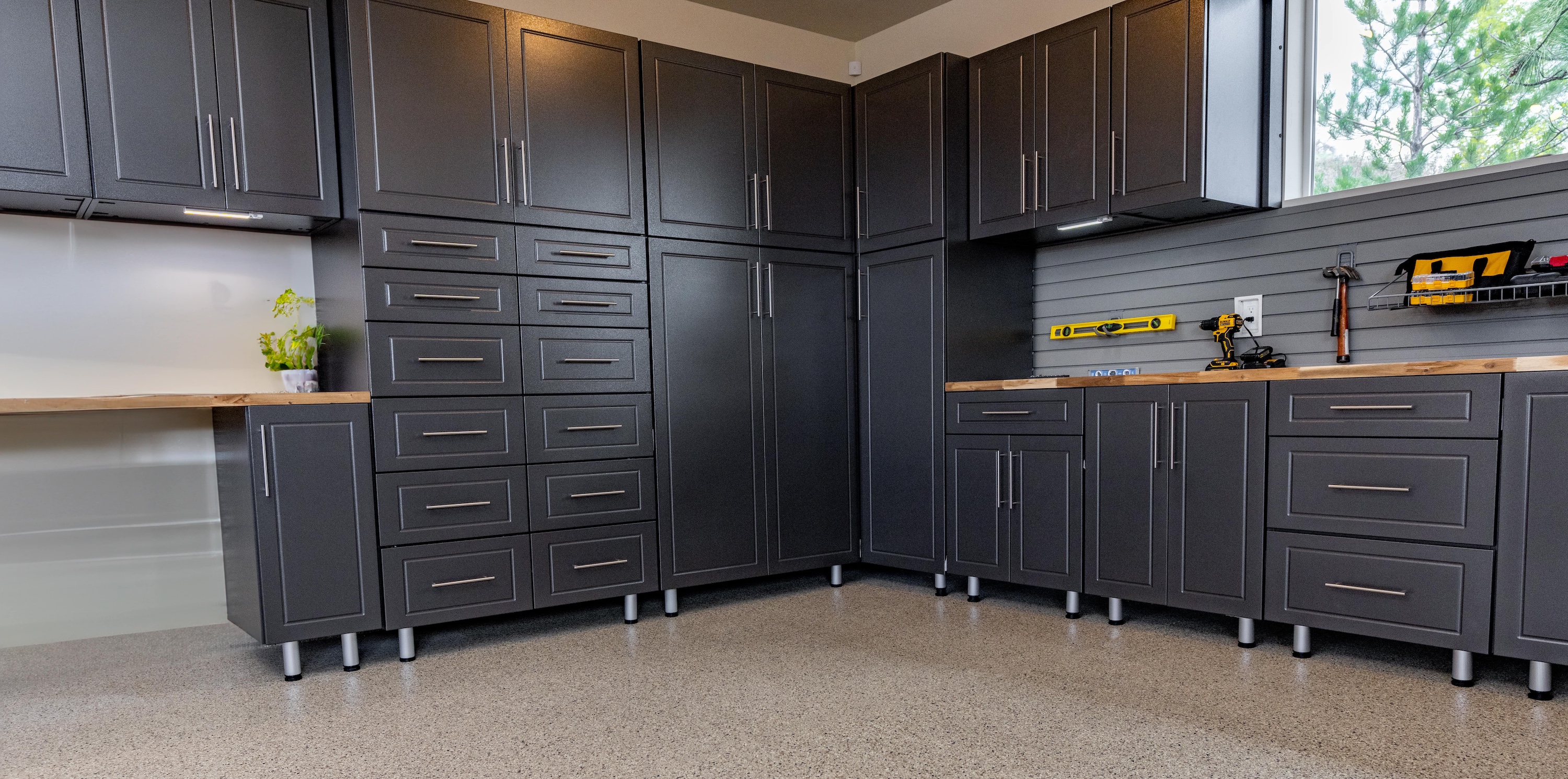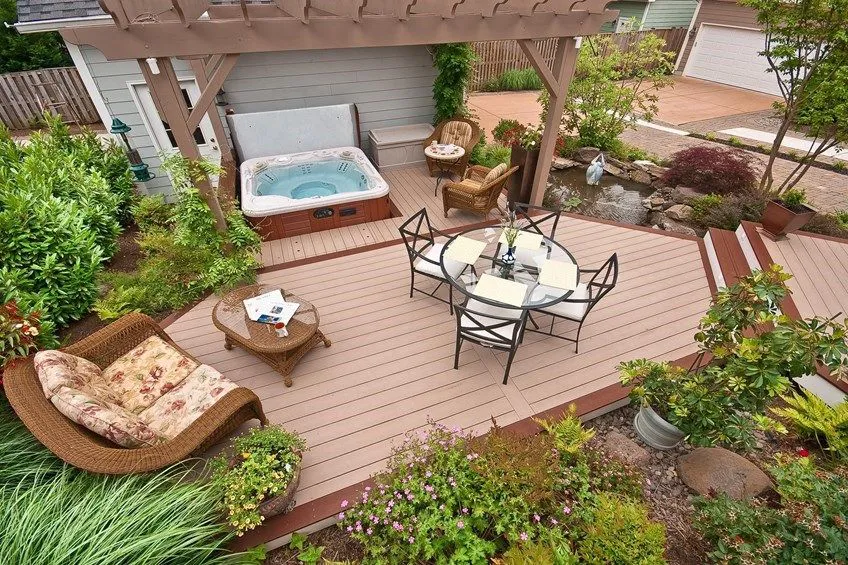Fire-Resistant Decking: Choosing Safe Materials for Wildfire Zones

A Smarter Approach to Fire-Safe Decking
With nearly all of Deschutes County considered a fire hazard area, choosing the right materials for your deck is one small but meaningful way that may help protect your home and community.
Wildfires are a common occurrence in Central Oregon, especially for those who live in Bend.
An outdoor deck or patio area is a possible point of vulnerability. But with the right materials and a better understanding of fire ratings, building a fire-resistant deck can be a breeze. Webfoot is here to help you choose the best materials to improve your deck's fire resistance.
What Makes Decking Fire Resistant?
No decking material is 100% fireproof, but some are more fire-resistant than others. They burn slower, resist ignition, or are treated to limit flame spread.
Some options are made from non-combustible materials like steel or concrete. Others, like certain composites or treated wood, are designed with fire-retardant properties built into the surface or core.

Understanding Fire Class Ratings
Fire Class Ratings indicate the speed at which a decking material will burn when it catches on fire. That means the lower the Flame Spread Index, the slower the burn, essentially giving you more time in a critical wildfire event.
- Class A (Flame Spread Index: 0–25):
These materials offer the best protection by burning the slowest. Choosing Class A decking can provide extra time for evacuation and reduce the risk of rapid fire spread.
- Class B (Flame Spread Index: 26–75):
With moderate fire resistance, these materials offer a middle ground. They burn faster than Class A but are still a solid option in areas where every bit of resistance helps.
- Class C (Flame Spread Index: 76–200):
These are the least fire-resistant materials. They tend to burn faster, which could be a concern in high-risk wildfire zones.
If you live in Central Oregon, where wildfires are a common part of summer and fall, factoring these ratings into your deck-building decision is important. You aren't just picking a deck based on aesthetics. You're also selecting materials that add to the overall safety of your home.
Make sure to follow the guidelines from the local emergency response team in the event of a wildfire. Even if your materials are fire resistant, we advise everyone to follow the recommended procedures.
Comparing Fire-Resistant Decking Options
Each decking material comes with trade-offs in terms of fire performance, cost, appearance, and maintenance. Below is a breakdown of some of the most common options we work with and how they perform when it comes to fire resistance.
Fortress Steel Framing

Fire Rating: Class A
Overview: Steel framing is non-combustible and offers top-tier fire protection. While it's used for framing rather than the walking surface, it pairs well with other Class A decking materials for a stronger, safer structure. A metal substructure cuts the amount of combustible materials in half, improving fire safety and making the structure more durable.
TimberTech® Advance PVC Decking Collection
Fire Rating: Class A
Overview: Made from capped polymer and composite materials, TimberTech offers excellent fire resistance alongside durability, low maintenance, and sleek designs. It's a solid option for homes in high-risk wildfire areas.
Trex® Decking
Fire Rating:
Transcend® and Select®: Class B
Enhance®: Class C
Overview: Trex is a well-known composite brand, but not all lines perform equally in terms of fire resistance. Trex Transcend™ is a good choice if you want a balance between performance and cost. Trex Enhance™, while budget-friendly, offers lower fire protection and may not be suited for fire zones.
Dense Hardwoods (Ipe, Cumaru, Batu)
Fire Rating: Typically Class B (some can reach Class A)
Overview: These woods are naturally dense and slow to burn, requiring no chemical treatment. That said, they're expensive, require consistent upkeep to maintain appearance, and are not the most sustainable option.
What is the Best Option for Your Home?
If you live in Central Oregon, you already know fire safety comes with the territory, and that includes paying attention to fire ratings when choosing materials for your home. Whether you are building your deck from scratch or modifying the existing structure, we can help you make the best decision for your specific needs. We can help you understand your options for fire ratings and material resistance. Webfoot is your guide for how these factors relate to safety, appearance, and maintenance.
Don’t wait until fire season is upon us…the time to prepare is now! Contact us today to begin your journey toward a code-compliant, beautiful, and wildfire-resistant deck that your family can enjoy all year long.





